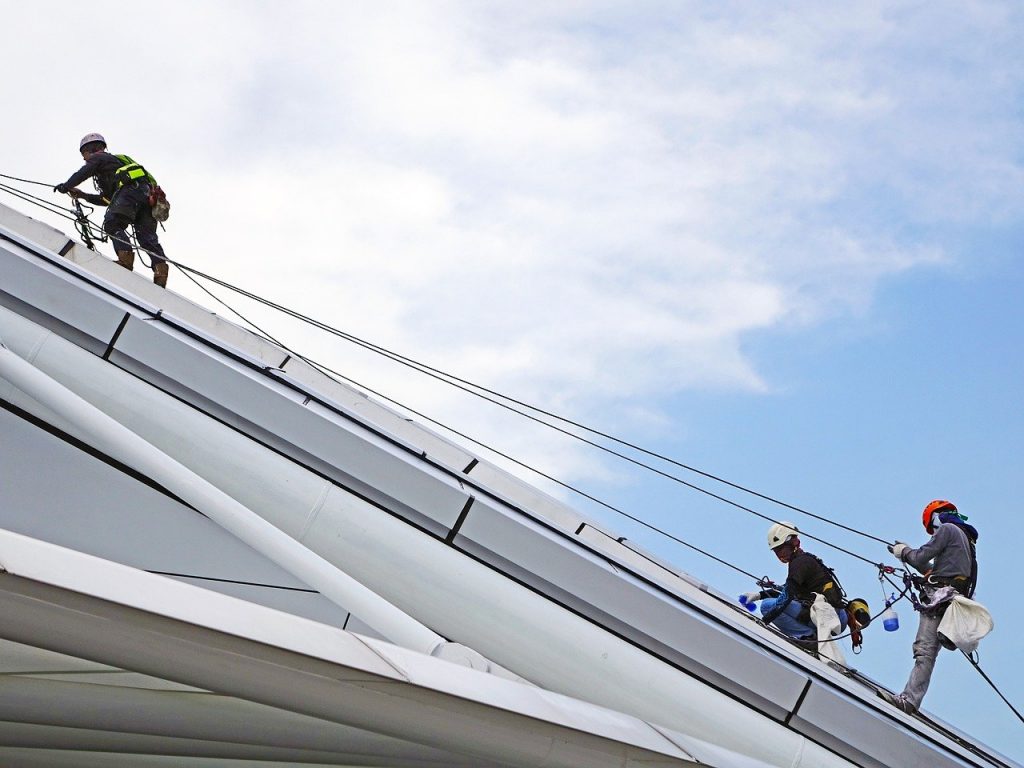Working at Heights – Fall Protection Basic Types
Working at Heights – Fall protection Basic types
 Explain dangers
Explain dangers
Falls are the number-one cause of accidental deaths and critical injuries in construction. And you don’t have to fall far to be injured or killed.
Identify controls
On many sites, guardrails are the most common and convenient means of fall protection. Where guardrails cannot be used, workers must use
another means of fall protection to prevent a fall.
Two basic types of fall protection are travel restraint and fall arrest. Both involve wearing a full-body harness.
1. TRAVEL RESTRAINT
A travel restraint system keeps you from getting too close to an unprotected edge. The lifeline and lanyard are adjusted to let you reach the edge but not fall over it.
A full-body harness used with a travel restraint system attaches to an adequately anchored lifeline or to a lanyard that attaches to an adequately anchored lifeline.
2. FALL ARREST
If no other means of fall protection is in place, you must use a fall arrest system if you are in danger of falling:
• More than 3 metres
• Into operating machinery
• Into water or another liquid
• Into or onto a hazardous substance or object.
A fall arrest system must also be worn when workers are:
• On a rolling scaffold that is being moved
• Getting on, working from, or getting off a suspended platform, suspended scaffold, or bosun’s chair.
A fall arrest system prevents a falling worker from hitting the ground or any object below. It consists of a full-body harness attached to a lanyard and energy absorber, which reduces some of the force exerted on the body when a fall is arrested.
The lanyard and energy abosorber is attached to an adequate anchor point or to a rope grab on an adequately anchored lifeline.
Full-body harnesses are fully adjustable and available in different sizes. Some types are specially designed for women. Proper fit of the harness is important, especially when it is being used for fall arrest.
Demonstrate
Ask workers if they have taken CPO-approved working at heights (WAH) training within the previous three years and have received site-specific WAH instruction.
Remind your workers how to put on, adjust, and wear a full-body harness.
1. Adjust the chest strap so that it is snug and located near the middle of the chest (i.e., above the sternum, just below the armpits).
2. Adjust the leg straps so that a fist can fit snugly between the strap and leg.
3. Adjust the shoulder straps so that the back D-ring rests between the shoulder blades.
For more information, visit the website.
